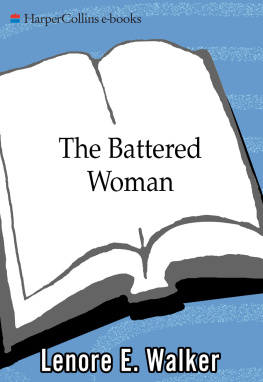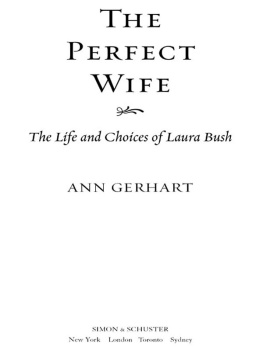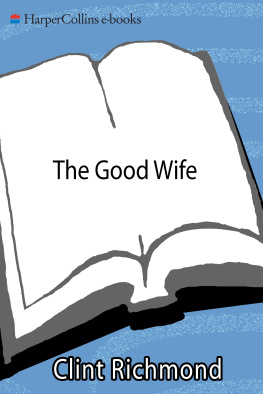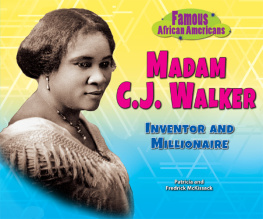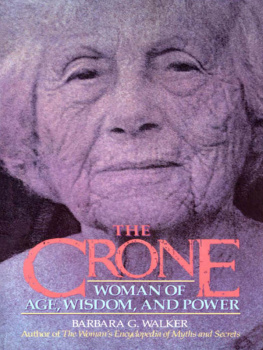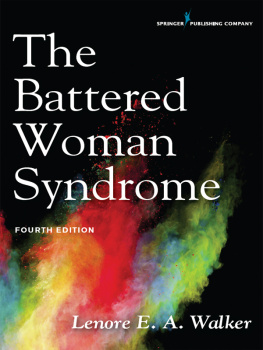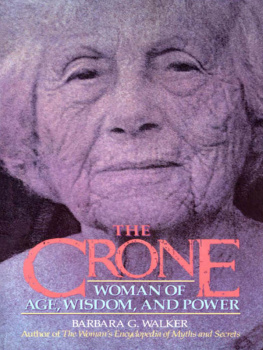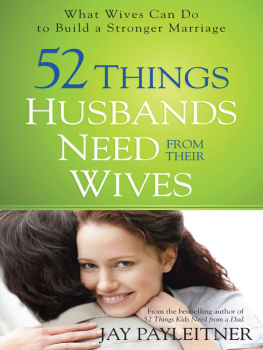PREFACE
GLENWOOD CEMETERY
Established in 1871 in a then rural Houston, Texas, Glenwood Cemetery quickly became the burial site of choice for the wealthy, for the social elite and for people prominent in their fields of endeavor. William P. Hobby, governor of Texas (191719) and publisher of the Houston Post, and his wife, Oveta Culp Hobby, who held the rank of colonel while she was the first commander of the Womans Army Corps (WAC) in World War II and who became secretary of health, education and welfare under President Eisenhower, are buried there, along with James Anson, the last president of the Republic of Texas; as well as Edward Mandell House, an advisor to President Woodrow Wilson who helped negotiate the acceptance of Wilsons Fourteen Points, and many businessmen of great wealth in fields such as banking and the petroleum industry.
About one-tenth of a mile from the grave site of billionaire Howard Hughes, known for his contributions to the movie industry and aviation, but who became reclusive near the end of his life, is the Walker family plot.eight thousand persons, mostly women, down Pennsylvania Avenue from the Capitol to the White House grounds. She continued to work for woman suffrage, and after the Nineteenth Amendment was approved, she was active in the Democratic Party. These accomplishments later were eclipsed, however, by the sensation that resulted when May Burleson fatally shot her ex-husbands second wife during lunchtime in a hotel cafeteria.
This work covers the roles of both Mrs. Burleson and her husband in their unusual marriage and recounts the bitter divorce proceedings that terminated that union. The narrative then moves to the homicide, to her trial and incarceration and finally to her post-prison years. An Aftermath section includes reflections on the lives of both May Walker and Richard Coke Burleson.
This book is the third volume in a trilogy about three women who were convicted of crimes involving homicide in South Carolina. For most of the year 1942, these women, one of whom was Mrs. Burleson, occupied adjacent cells in the Womans Prison of the South Carolina State Penitentiary. One of the other two women was Beatrice Snipes, who had been convicted in 1933 of killing a rural policeman by pistol fire the prior year. The third member of the trio was Sue Logue, who was electrocuted in January 1943 for being part of a conspiracy to have killed the man who had killed her husband in self-defense during an altercation. Mrs. Snipess story was told in Death of a Policeman; Birth of a Baby: A Crime and Its Aftermath. Mrs. Logues story was the subject of The Guns of Meeting Street: A Southern Tragedy.
ACKNOWLEDGEMENTS
Assembling the documentation for this book was done with the assistance of many individuals, including staff members at libraries, newspapers and government institutions. I wish to acknowledge specifically the contributions of the people noted below and to express my gratitude to them and to everyone else who helped with the research that was required.
Donna W. Cameron, assistant district attorney for Galveston County, Texas, and the grandniece of May Walker Burleson, the main character in this narrative, provided me with access to the papers retained by the Walker family that were relevant to the life of Mrs. Burleson. These papers included a significant amount of Mrs. Burlesons correspondence, which revealed many of her thoughts and shed light on the motivations for her actions. This trove of documentation and Donnas recollectionsand those of her sister Carol Burnsof the memories, opinions and actions of other Walker family members were of immense value. The book includes many photographs from the Walker family collection. Donna also read and offered valuable suggestions on a draft of the manuscript.
Richard Turner Miller, Esq., and his mother, Mrs. Jack Burleson Miller, contributed material concerning the reactions of the Burleson family to the events described in the book.
A considerable amount of research regarding the divorce proceedings was done by Lynn Blankenship. She and her husband, Jerry Blankenship, PhD, who also contributed to the research, are members of the San Saba County Texas Historical Commission.
Some important preliminary research was done by Marilyn Smiland of Columbia, South Carolina.
The following individuals provided help in securing specific documentation or photographs: Debbie Bloom, manager, and Margaret Dunlap, librarian, of the Walker Local and Family History Center, Richland Library, Columbia, South Carolina; staff, South Caroliniana Library, Columbia, South Carolina; Dale Colson, director, Interlibrary Services, Newark Public Library, Newark, New Jersey; Kim Wells, county clerk, district court, San Saba, Texas; Lois Bradley, deputy clerk, Justice Center, Galveston, Texas; Andrew D. Crews, archivist/librarian, San Antonio Public Library, San Antonio, Texas; Sean McConnell and Carol Wood, archivists, Rosenberg Library, Galveston, Texas; Wendy Scheir, archivist, Johnson Design Center, the New School, New York.
Dennis Mistretta, assisted by other members of the staff at the Millburn Camera ASAP Photo, Millburn, New Jersey, worked diligently to prepare a disk that contained over thirty electronic files of photographs.
Daniel Greenfield, MD, and Thomas Pitoscia, MD, of Millburn, New Jersey, read sections of the manuscript pertaining to mental health issues and offered recommendations thereon. Dr. Greenfield also provided several references.
Dr. Bonnie Kind of Germantown, Maryland, and Dr. Daniel ODay of Rye, New York, colleagues of the author when all three were serving at Kean University in Union, New Jersey, read drafts of the entire manuscript and made helpful criticism and suggestions.
Sahil Patel, Department of Design at Kean University, drew the illustration that enables the reader to follow the route of the Woman Suffrage Procession.
Ben Gibson, commissioning editor for The History Press, provided help and guidance throughout the process of getting the manuscript in the form required for submission. Abigail Fleming, production editor, copyedited the document, including its extensive endnotes, with great skill.
My wife, Sara Ruth, served as research assistant and in-house editor, making corrections and significant suggestions at every stage of the work. Her encouragement and that of my children, Ruth, Julia and Thomas, kept my spirits up during the many years of research and writing. Finally, I am deeply grateful for the enthusiastic interest and support of my grandchildren, Kristine, Allison and Adam, during the ups and downs of this project.


